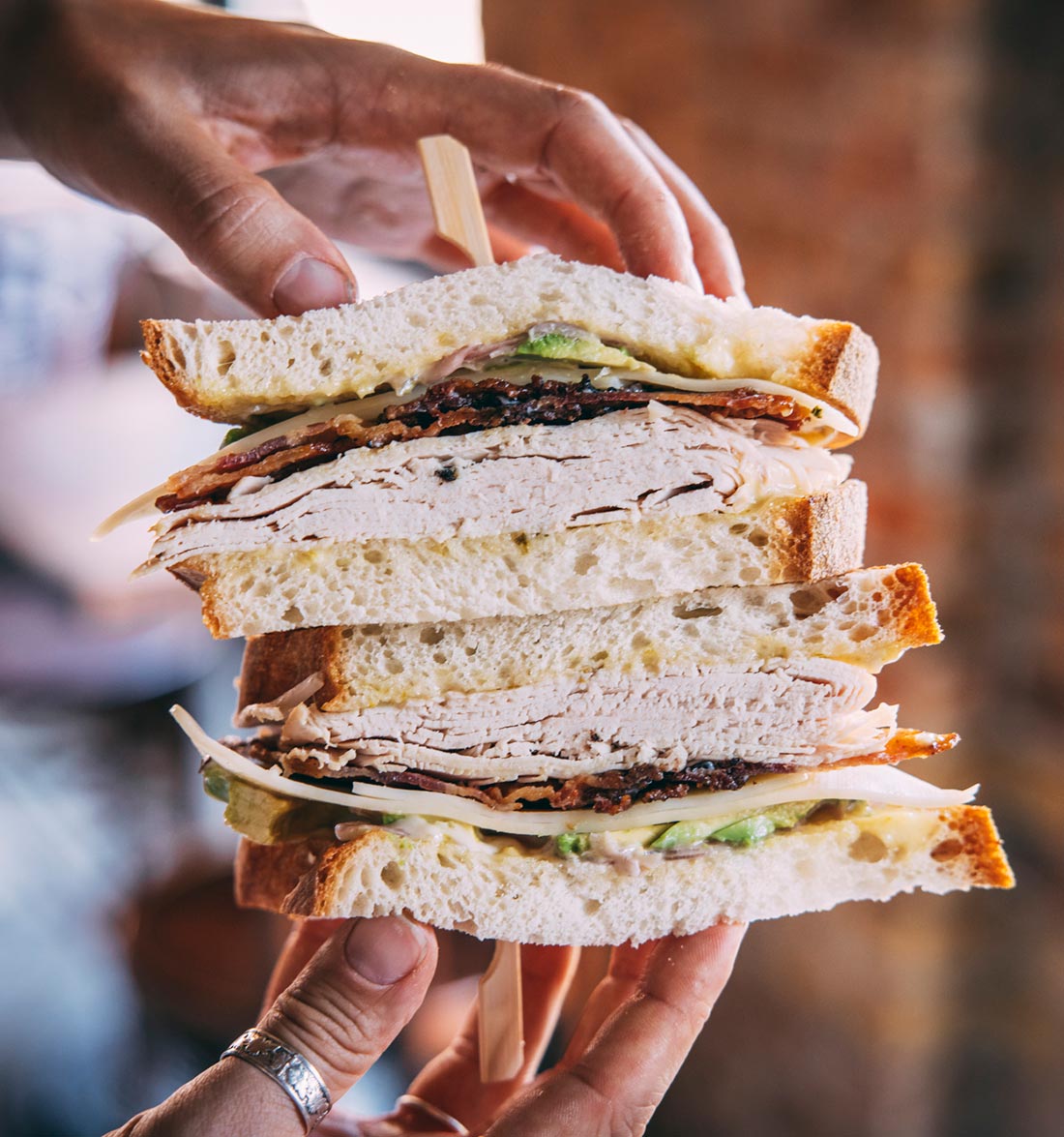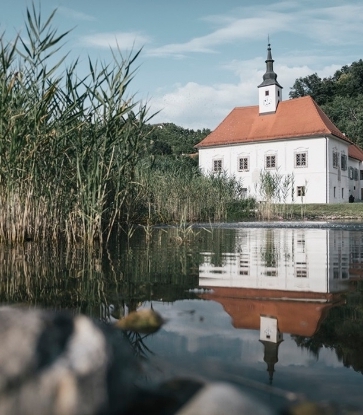The lampuka – also known elsewhere in the world as mahi-mahi or dorado – is a species of fish that, for various reasons, is very much particular to Maltese waters. The Maltese people were the first that started fishing for it, and therefore have many traditions dating back centuries. Keith Abela is well placed to describe the fish. The son and grandson of Maltese fishermen, he represents the third generation of his family to have grown up familiar with Malta's abundance of marine life. As an amateur harpoon fisherman, he has also gained practical insight into marine life in and around the Maltese archipelago in his spare time. As a Maltese food scientist, professionally trained chef and product developer, he has become increasingly keen to explore the elements of our food that determine our perception of taste. In short, this is a fish expert with serious credentials.

Keith Abela's broad knowledge and wealth of experience mean a conversation with him is captivating for anyone wishing to gain deeper insights into what makes the lampuka (plural: lampuki) so special. Of course, he is the first to point out that lampuki are known as a seasonal fish in the region and that they therefore work perfectly as an ingredient in any contemporary and sustainable Maltese cuisine, at home or in restaurants. As is the case for many fish species, the catch of lampuki is regulated to protect fish stocks. "For lampuki, these regulations take on a distinctly traditional and charming character," he says. "On the first day of the new fishing season, 15 August – the name day of St Mary – a priest ceremonially blesses the boats for their protection before they are allowed to set sail again for the first time," he continues. "He wishes the fishermen a safe and successful catch." The last day of the calendar year is usually the final day of the season, but an exception can be made if the set quota has not yet been caught. "As a result, the catch can sometimes extend into January. However, those who illegally bring lampuki to shore after the season has ended risk losing their licence, and the catch will be confiscated. Fish piracy, of which boats flying non-European flags are sometimes guilty, cannot be ruled out."
Lampuki are remarkable fish in physical terms. Not only do they move fast when hunting small fish and squid, they also reproduce at an incredible rate. "Lampuki are sexually mature and able to reproduce at only four months old and can be reproductive breed up to three times per year. This is extraordinary and is in stark contrast to other fish species such as the grouper, which reproduces only after seven years." But their rapid development and rate of reproduction does not necessarily mean that there is an abundance of lampuki in Maltese waters. "Lampuki are not only sought after by humans. Larger fish species such as swordfish also love to feed on them. In fact, lampuki often end up as bycatch of swordfish fishing. Dolphins really love lampuki and are their biggest natural predator. That's why lampuki are also known as dolphinfish. In fact, we have seen an increased population of dolphins in our waters in recent years, which is good for the natural biotope of Malta's waters. Local fishermen are less pleased about this, as dolphins have a big appetite and their preferred prey is lampuki," Keith Abela tells us with a smile.

From a commercial point of view, it makes sense that Maltese fishermen are not keen on dolphins, whom they see as competitors when it comes to hunting. But these mammals have also helped influence traditional fishing techniques. "Dolphins avoid shaded areas in the water, whereas lampuki seek them out, not least because of the protection they provide from intense sunlight," our expert explains. "Since ancient times, fishermen have employed a special fishing technique. Out of large palm leaves, they weave rafts that they set onto the water from their fishing boats and anchor with floats. This creates a shaded area to lure the lampuki. They sometimes also use dummy squid as bait. The lampuki are duped by this set-up and when they are present in sufficient numbers, the fishermen cast a net around them to catch them." This particular technique is known in Maltese as kannizati. As mentioned earlier, lampuki appear elsewhere in the world under various aliases. "In the Mediterranean, there is a large population of lampuki in an area south of Sicily. Around the islands of Pantelleria, Lampedusa, Linosa, Malta and Gozo, the warm water temperature is ideal for spawning and for the young to reach maturity. The water temperature is often 24°C to 32°C and rarely drops below 16°C," according to Keith Abela.

And what is the best way to eat this fish? "Traditionally, Maltesers prefer young specimens that are juicy, have a soft, pleasant, milky texture and don't taste fishy. Briefly fried or grilled, they have an exquisite flavour and texture. Larger fish have firmer flesh and can easily become dry, so they work well in fish soup, or simmered, for example, with onions, garlic, tomato, olives and herbs, accompanied by a potato dish. Baking them in a pie is therefore another classic. Some chefs serve raw lampuki Japanese-style as sashimi or sushi, or they batter the fish to make tempura. I have already experimented with turning it into katsuoboshi and processing poorer quality fish as you would canned tuna. I let it mature like that for a year, allowing it to develop an exquisite flavour and texture." The taste is still rather unfamiliar to the Maltese, who do not have a tradition of canning fish. But not to worry. From 15 August, with various classic recipes as well as contemporary ideas such as raw sliced tartare or carpaccio, there will be plenty of options. If you are curious to try lampuki, then head to Malta in October to enjoy this amazing fish – as well as some of the traditional festas and fireworks that Malta is famous for.




















